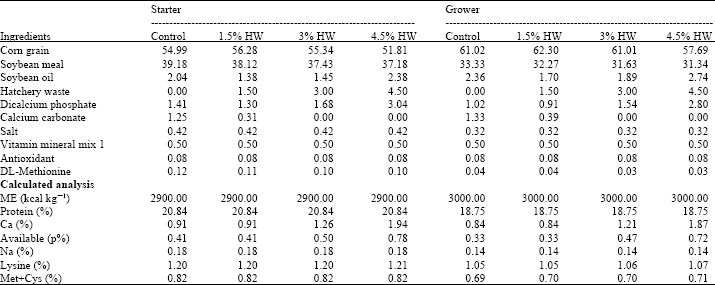Research Article
Effects of Different Levels of Hatchery Wastes on the Performance, Carcass and Tibia Ash and Some Blood Parameters in Broiler Chicks
Department of Animal Science, Gorgan University of Agricultural Sciences and Natural Resources, Gorgan, Iran
M. Shams Shargh
Department of Animal Science, Gorgan University of Agricultural Sciences and Natural Resources, Gorgan, Iran
B. Dastar
Department of Animal Science, Gorgan University of Agricultural Sciences and Natural Resources, Gorgan, Iran
S. Hassani
Department of Animal Science, Gorgan University of Agricultural Sciences and Natural Resources, Gorgan, Iran














